As an architect and designer, Kamel Lokman often debated whether Midjourney was a valuable advantage or a looming threat to our profession. Determined to find the truth, Kamel embarked on a remarkable 100-day design challenge alongside Midjourney and several other AI tools, seeking to unravel the mysteries and complexities surrounding this innovative program.
Born in Egypt, Kamel Lokman‘s passion for design emerged at a young age, and he pursued this passion diligently throughout his life. To refine his skills and gain exposure to international design trends, he pursued a Masters’s degree in Architecture and Design from the DIA in the Bauhaus campus in Germany, which proved to be a transformative experience.
Throughout this journey, Kamel gained profound insights into the benefits and risks of this cutting-edge AI tool. Today, he is excited to share with us ten crucial lessons he learned along the way, categorizing them into two distinct sections: the advantages and the disadvantages, to shed light on the incredible potentials and necessary precautions when incorporating Midjourney into the design process.
Advantages & Disadvantages
1. Creative exploration and enhanced imagination:
Midjourney empowers architects and designers to embark on a journey of creative discovery and use their wider imagination. By generating visual representations based on descriptive cues, AI expands the possibilities of design thinking and enables professionals to visualize complex concepts more effectively.
2. Design inspiration and iteration process:
Midjourney is an invaluable source of design inspiration, offering fresh perspectives and an unconventional aesthetic. Architects and designers can use AI-generated images as a starting point for iterations, enabling an iterative design process that encourages feedback, evaluation, and continuous improvement.
3. Collaboration and co-creation:
Immersive journeys foster collaboration and co-creation between architects, designers, and artificial intelligence. AI-generated images are a common reference point for teams to share ideas, co-create designs, and harness human creativity and AI capabilities.
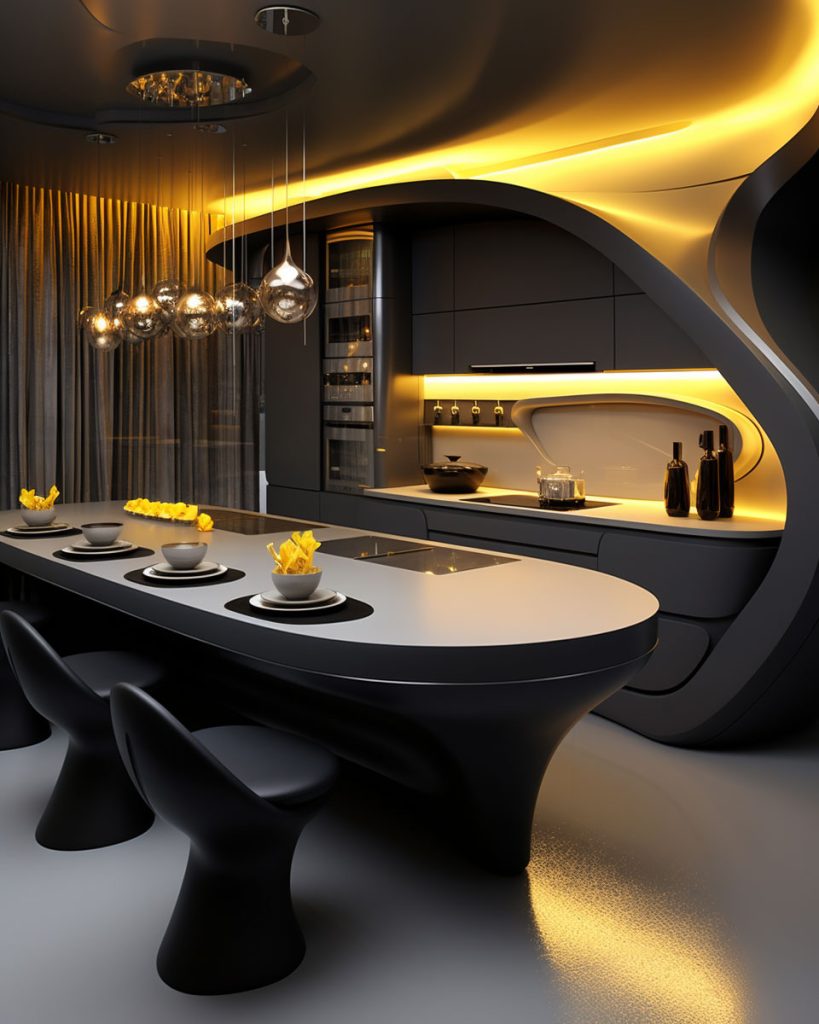
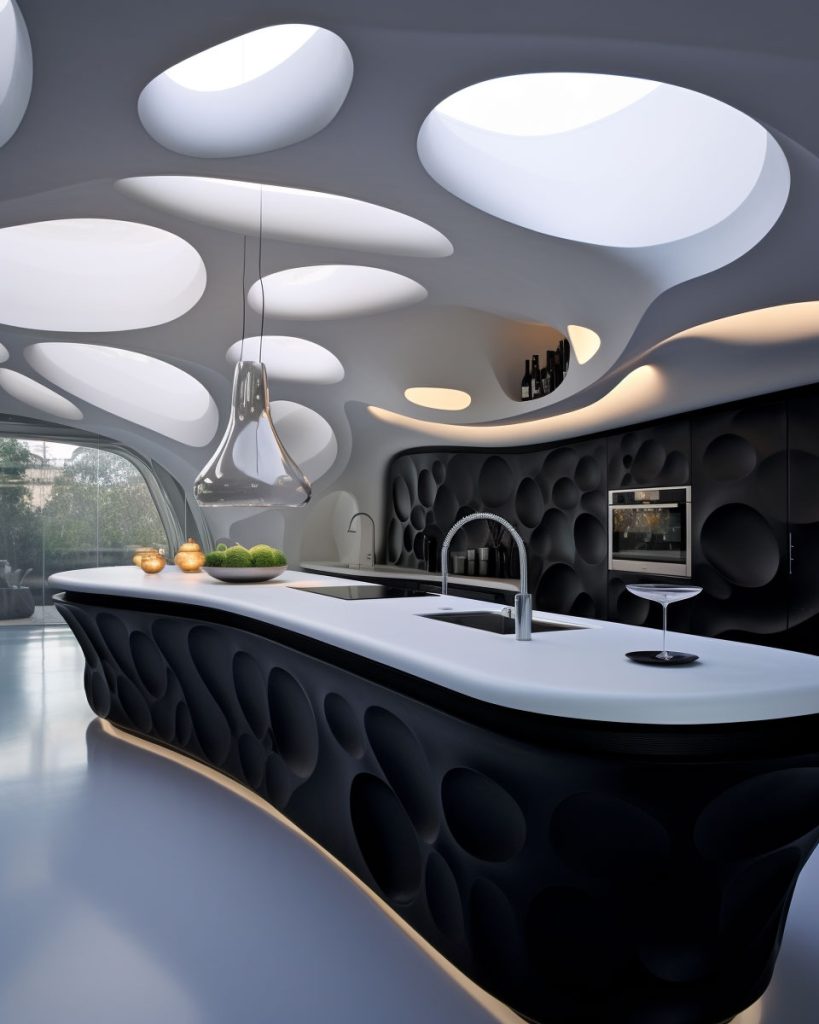
4. Explore and improve the user experience:
Midjourney helps us evaluate and improve the theme’s user experience. By using AI-generated images, professionals can gain insight into how users perceive and interact with their work, facilitating the creation of more user-centric and intuitive designs, so it help them later to be precise about choosing between different design options.
5. Redefine design paradigms and innovation:
This journey challenges conventional design paradigms and encourages architects and designers to explore unconventional concepts. By harnessing the generative capabilities of artificial intelligence, professionals can drive new design approaches, foster innovation and push the boundaries of the design field.
6. Ethical Considerations and Bias:
Using AI tools like Midjourney requires careful consideration of the ethical implications and potential bias embedded in the algorithm. Architects and designers must critically evaluate AI results and supplement them with human judgment to ensure ethical and inclusive design practices.
7. Addiction and human expertise:
A potential threat to Midway is overreliance, which can hinder the development of critical design thinking and practical skills. Finding a balance between leveraging AI tools and retaining human expertise is critical, as architects and designers possess unique insights and empathetic understanding.
8. Intellectual property and property:
Midjourney’s design creations have raised concerns about intellectual property rights. Architects and designers must protect their original work and ensure proper agreements are in place when sharing their work on the platform.
9. Limitations and Prejudices:
Midjourney’s output may have limitations and biases that may affect how topics are presented. Architects and designers should be aware of these potential pitfalls and complement AI results with human judgment to avoid misleading or distorted design representations.
10. Responsible Use and Future Implications:
As architects and designers use artificial intelligence tools like her Midjourney, responsible use, and ethical responsibility become essential. Maintaining dialogue, acting ethically, and questioning the impact of AI on design are critical to shaping a future where AI and human creativity coexist in harmony.
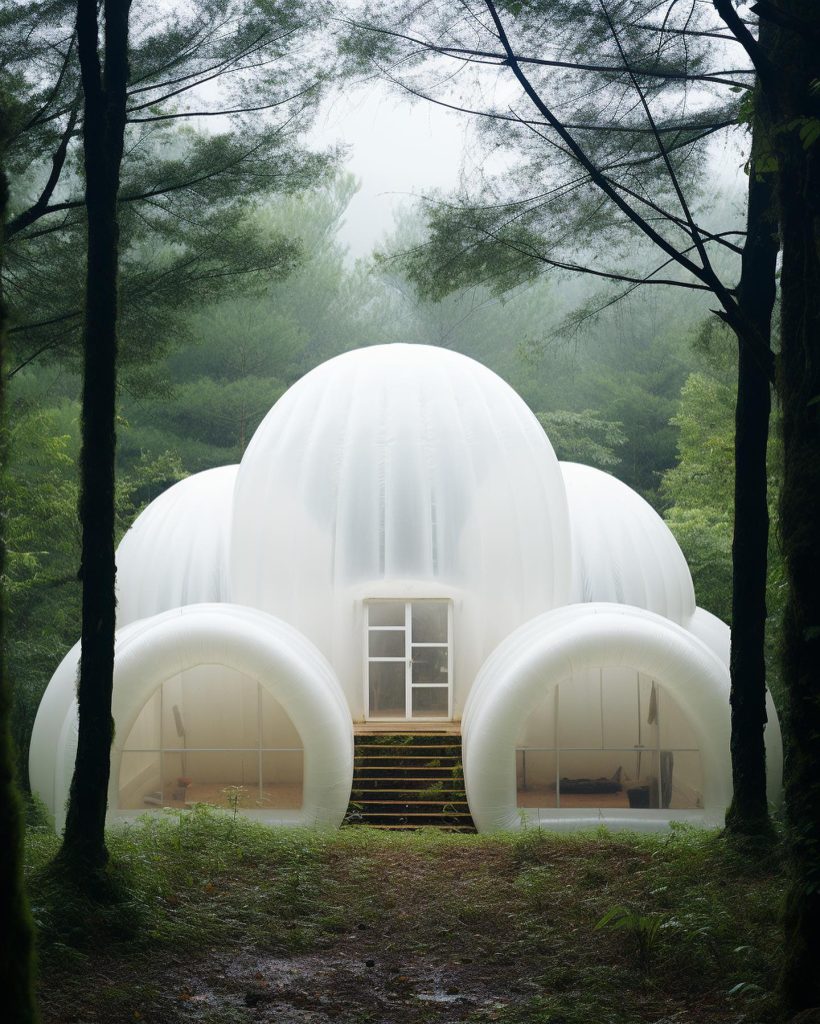
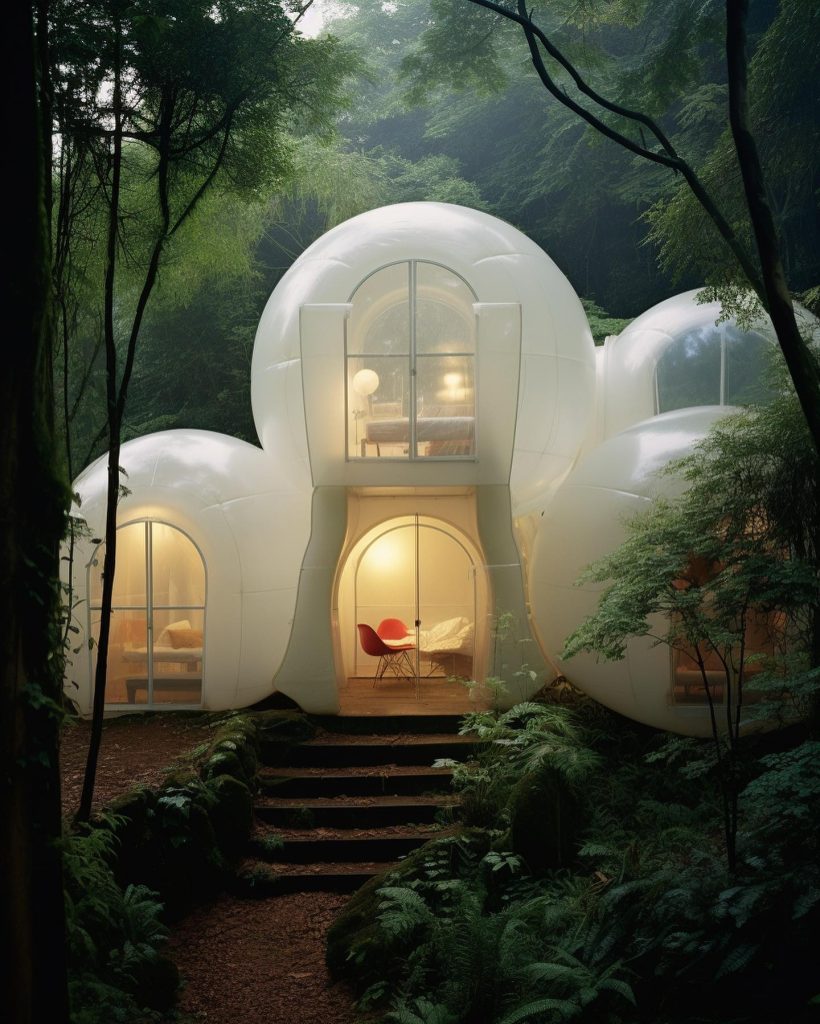
So, the brilliant minds at Midjourney, Inc brought a generative artificial intelligence program to life. This groundbreaking technology had the power to revolutionize the world of architecture and design, opening up new possibilities.
Midjourney’s 100-day design challenge gave Kamel a perfect insight into the benefits and dangers of this generative AI tool. From creative exploration and collaboration to ethical considerations and dependency risks, architects and designers must carefully manage these factors. By reaping benefits while responding to threats, professionals can use Midjourney to push the boundaries of design, create innovative solutions, and create a responsible future where artificial intelligence empowers and augments human creativity in architecture and design.
*The text was provided by Kamel Lokman and reviewed by PA Editorial Team.




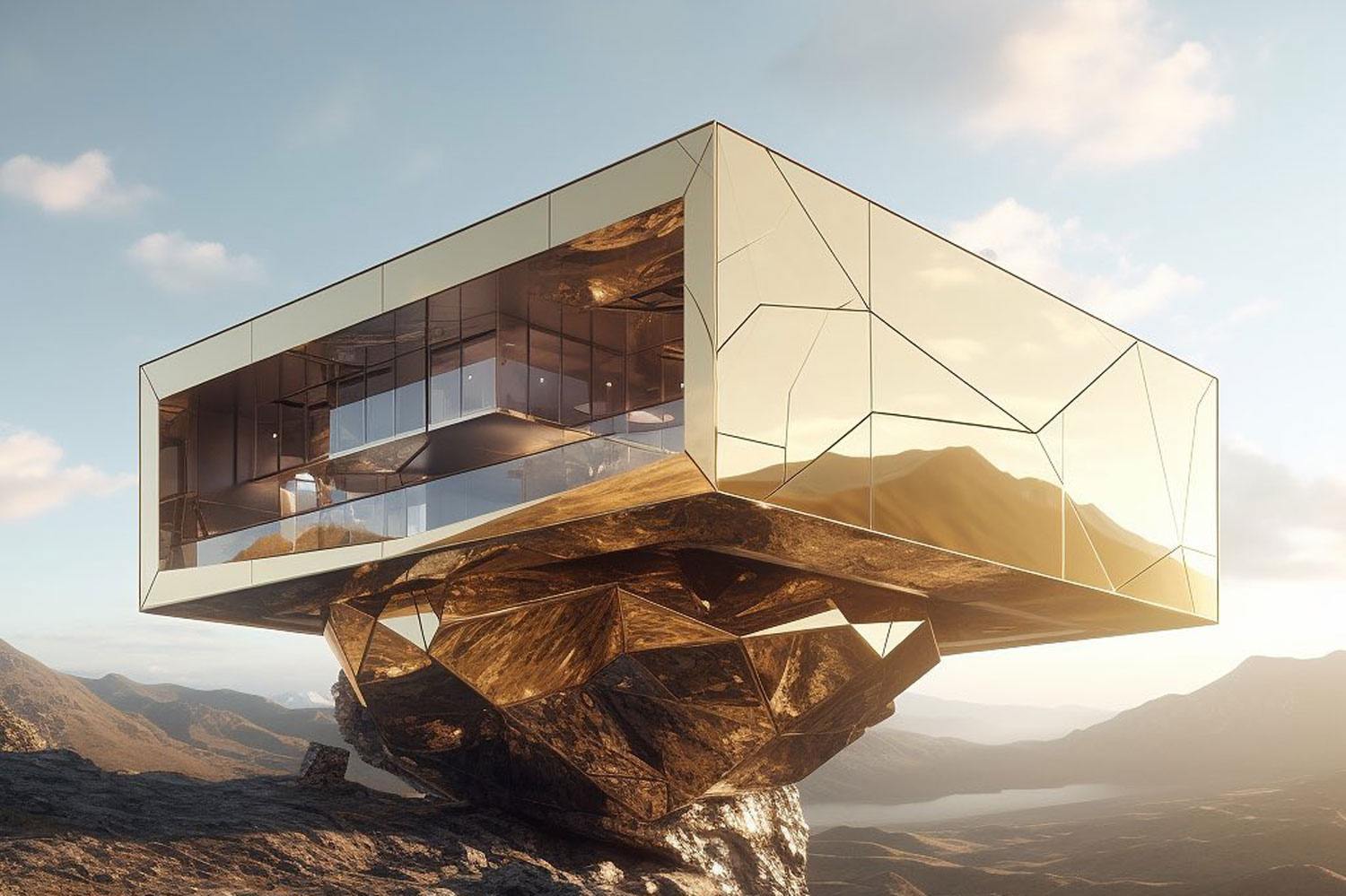
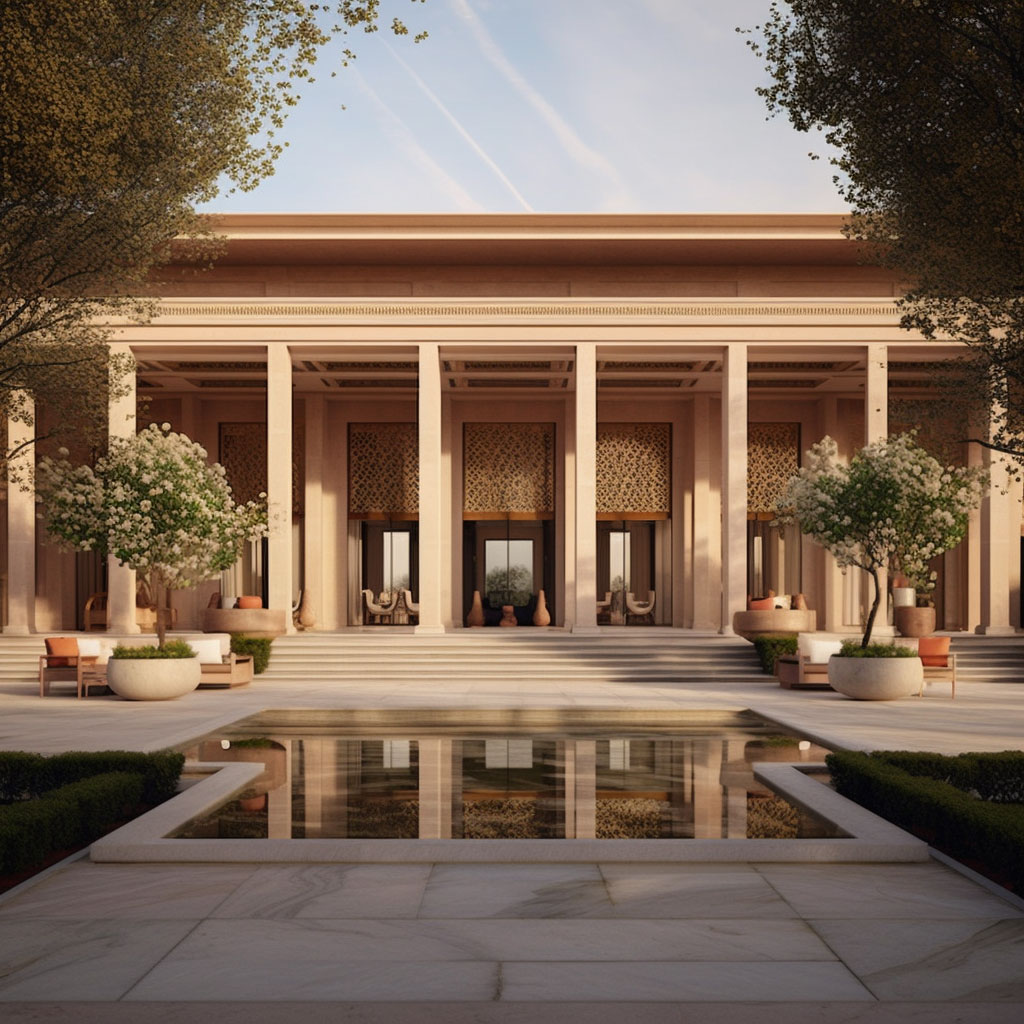
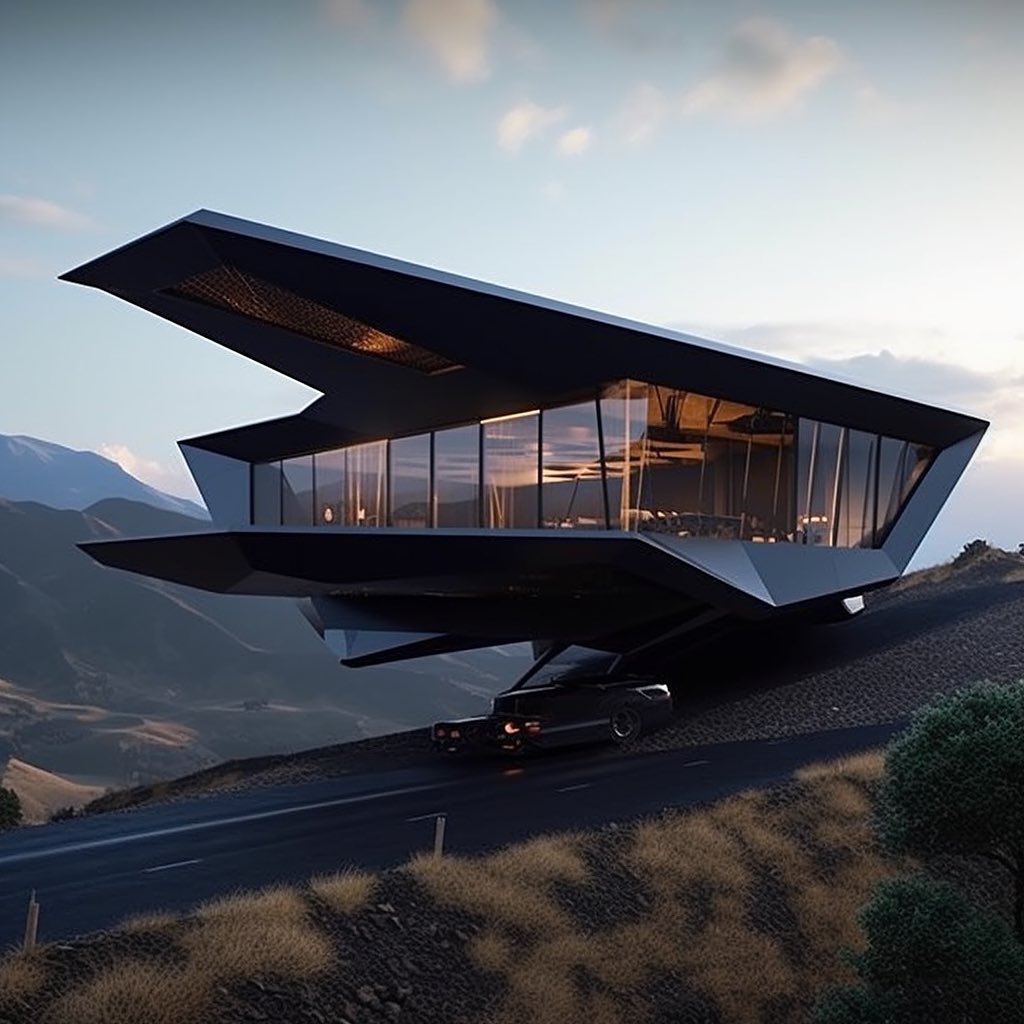
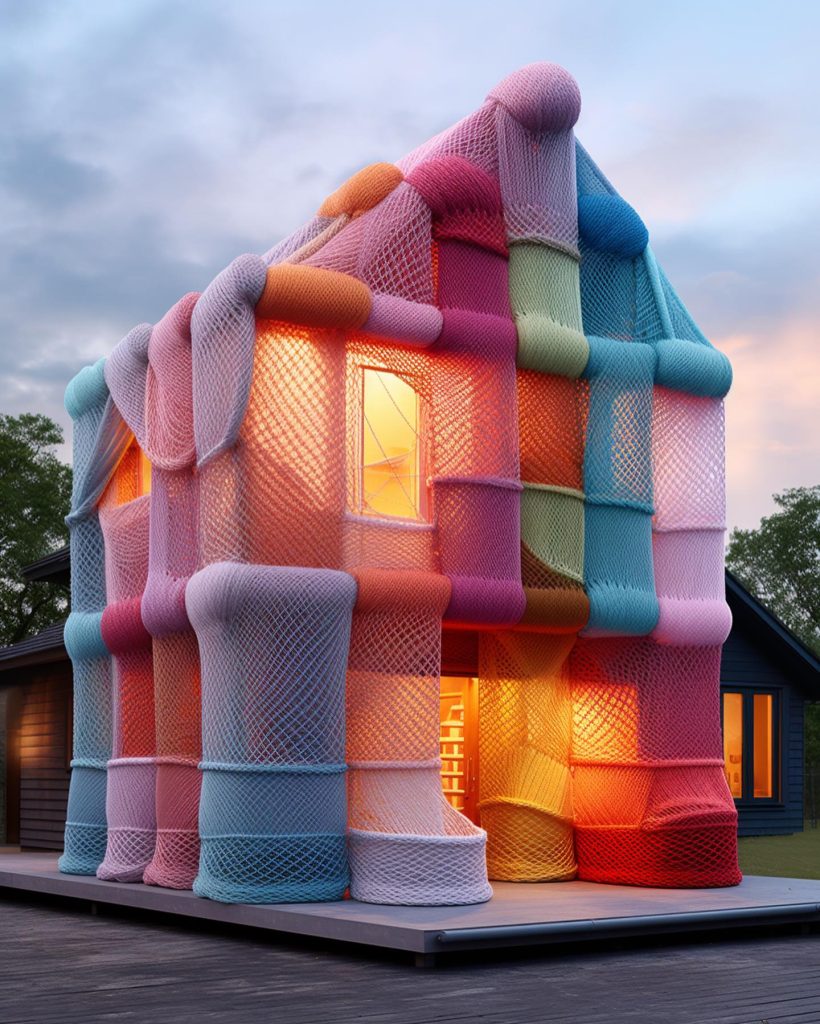
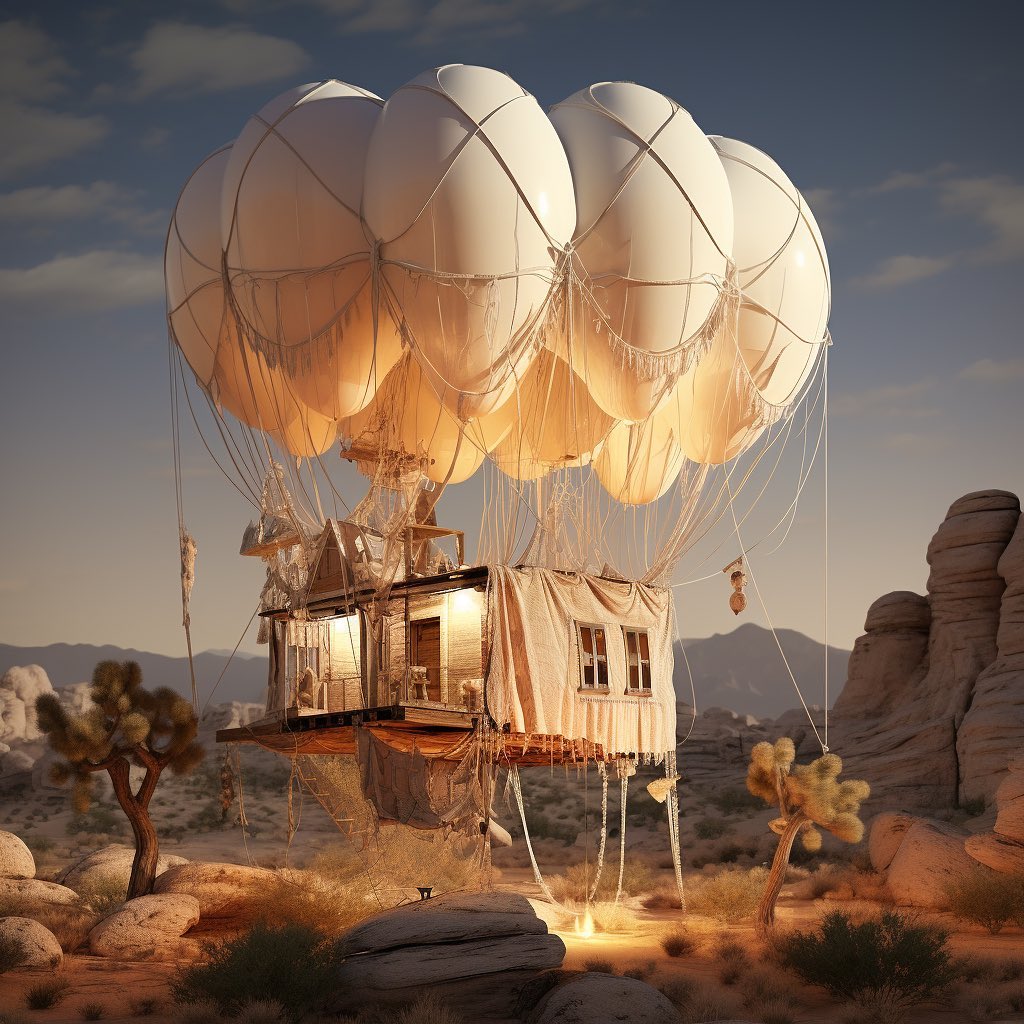














Leave a comment